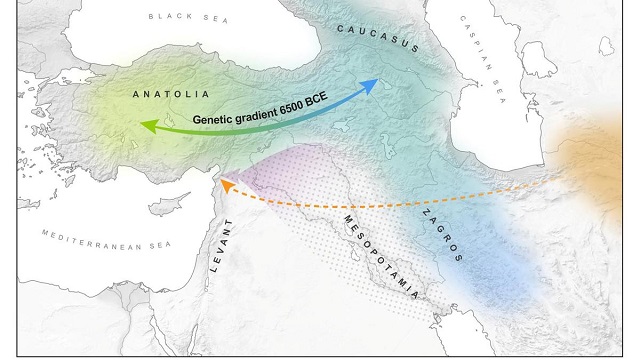
Researchers have dubbed her the “lady in the well” and her bones were among 110 skeletal remains of people who lived in a region of blossoming civilization running from Turkey through Iran between 7,500 and 3,000 years ago.
Twitter calls Trump tweets ‘unsubstantiated’ for the first time
The study provided the most comprehensive look to date of genetics revealing the movement and interactions of human populations in this area after the advent of agriculture and into the rise of city-states, two landmarks in human history.
The remains of the “lady in the well,” found in the ruins of the ancient city of Alalakh in southern Turkey, illustrating how people and ideas circulated through the region.
Her DNA showed she hailed from somewhere in Central Asia perhaps 3,200 km or more away. She died at about 40 to 45 years old, the researchers said, probably between 1625 BC and 1511 BC.
Her body bore signs of multiple injuries.
Twitter changes display pic, bio to #BlackLivesMatter to protest George Floyd’s killing
“How and why a woman from Central Asia or both of her parents - came to Alalakh is unclear,” said Ludwig Maximilian University Munich archaeologist Philipp Stockhammer, co-director of the Max Planck-Harvard Research Center for the Archaeoscience of the Ancient Mediterranean and co-author of the study published in the journal Cell.
“Trader? Slaves? Marriage? What we can say is that genetically this woman is absolutely foreign so that she is not the result of an intercultural marriage,” added Stockhammer.
“Therefore, a single woman or a small family came this long distance. The woman is killed. Why? Rape? Hate against foreigners? Robbery? And then her body was disposed in the well.”





1734945951-0/Copy-of-Untitled-(84)1734945951-0-270x192.webp)

1734937565-0/Copy-of-Untitled-(80)1734937565-0-270x192.webp)
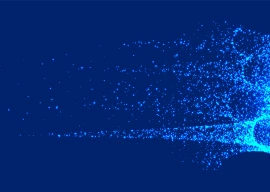
1726644416-0/TikTok-(2)1726644416-0-270x192.webp)




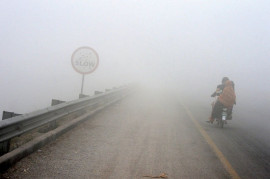

1734778885-0/Untitled-(10)1734778885-0-270x192.webp)


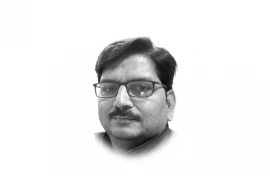

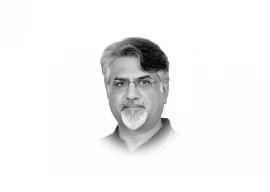
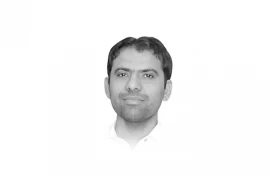
COMMENTS
Comments are moderated and generally will be posted if they are on-topic and not abusive.
For more information, please see our Comments FAQ